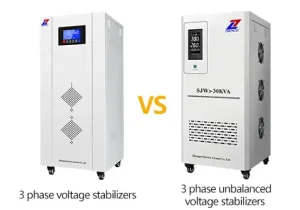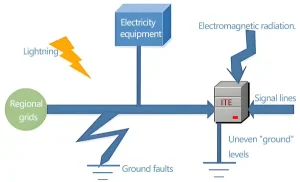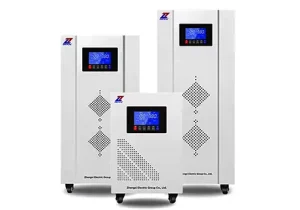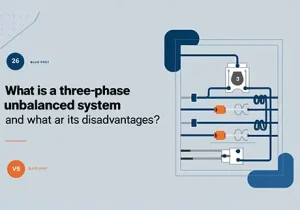
Home » 3 Phase Voltage stabilizer Knowledge » Application scenarios and wiring guide for 3-phase voltage stabilizers
Application scenarios and wiring guide for 3-phase voltage stabilizers
◴ 2024-08-26
Application of 3 phase voltage stabilizer
3 phase voltage stabilizers are suitable for a number of fields, and choosing the right application place can give full play to its role. The following are some of the application areas of 3 phase voltage stabilizer:
Large infrastructure: 3 phase voltage stabilizers are widely used in large infrastructure such as transport, post and telecommunications, radio and television.
Precision equipment: in areas requiring high data accuracy, such as computer systems, injection moulding machines, CNC machines and various electric motors, 3 phase voltage stabilizers can provide a stable power supply.
Medical equipment: such as imported CT machines and other medical equipment, 3 phase voltage stabilizer can provide reliable power support to ensure the normal operation of the equipment.

Lifts and special equipment: 3 phase voltage stabilizers are also used in lifts and other special models to provide a stable power supply.
Compared with other types of voltage stabilizers, 3 phase voltage stabilizers have quite a wide range of applications. With the improvement of manufacturing technology, its application areas will be further expanded.
The difference between single-phase and 3 phase voltage stabilizer
Single-phase voltage stabilizer: usually refers to 220V input and output, using three wires, zero, fire and ground, for input and output. It is suitable for appliances with smaller power, such as household appliances, office appliances and small experimental equipment.
Three-phase voltage stabilizer: usually used for industrial electricity 380V, input and output wiring including three-phase three-wire, three-phase four-wire and three-phase five-wire and so on. Three-phase voltage regulator not only for three-phase electrical equipment to provide voltage stabilization power supply, but also according to the production needs of single-phase equipment for power supply.
The main difference between three-phase regulator and single-phase regulator lies in the input and output voltage and the number of access lines. Three-phase voltage stabilizers have a wider range of applications and flexibility to provide the right power solution for different needs.
3 phase voltage stabilizer wiring method
Connecting input: first, connect the input terminal of the 3 phase voltage stabilizer to the distribution board, and install a fuse that meets the power requirements of the voltage stabilizer on the distribution board to ensure the safety of electricity consumption.
Connect the output: connect the power cord of the electric equipment to the output terminal of the voltage stabilizer, make sure that the rated input voltage of the electric equipment is the same as the output voltage of the voltage stabilizer, do not connect the wrong one.
Start the voltage stabilizer: turn on the power switch of the voltage stabilizer, make sure the working indicator is on. Observe whether the indicator value of the voltmeter is normal. Confirm that the output voltage is normal, and then turn on the power switch of the power equipment, at this time the voltage stabilizer will automatically adjust the voltage to provide normal power supply.
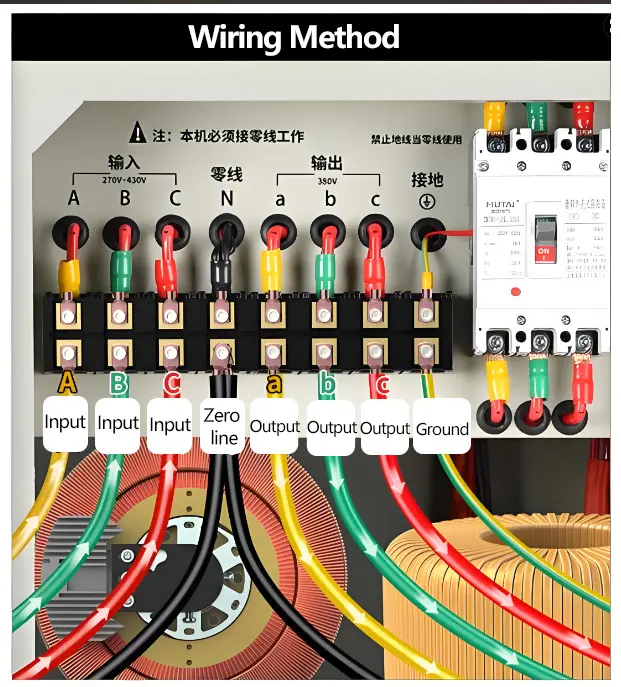
Turn off the equipment power: when the power equipment is not in use for a long time, turn off the power switch of the equipment, in order to reduce power consumption and prolong the service life of the voltage stabilizer.
Choose the right capacity: If there are refrigerators, air conditioners, pumps and other equipment with motors in the power-using equipment, choose a voltage stabilizer with a capacity of more than three times the starting current of the equipment, so as to avoid the starting current exceeding the tolerance range of the voltage stabilizer’s fuses or circuit breakers, which will lead to fuse blowing or circuit breaker tripping.
Wire specification: Make sure the wire connected to the voltage stabilizer has enough cross-sectional area to prevent heat generation and reduce voltage drop. For regulators with a capacity of 2KVA or more, when terminal connections are used, a single copper wire should be used and the terminal screws should be tightened to prevent the connection from heating up.
Correct switching order: whether single-phase or 3 phase voltage stabilizer, after connecting all the input and output lines, the power switch of the load should be turned off first, and then turn on the voltage stabilizer. Confirm that the output voltage is normal, and then turn on the power switch of the load.

